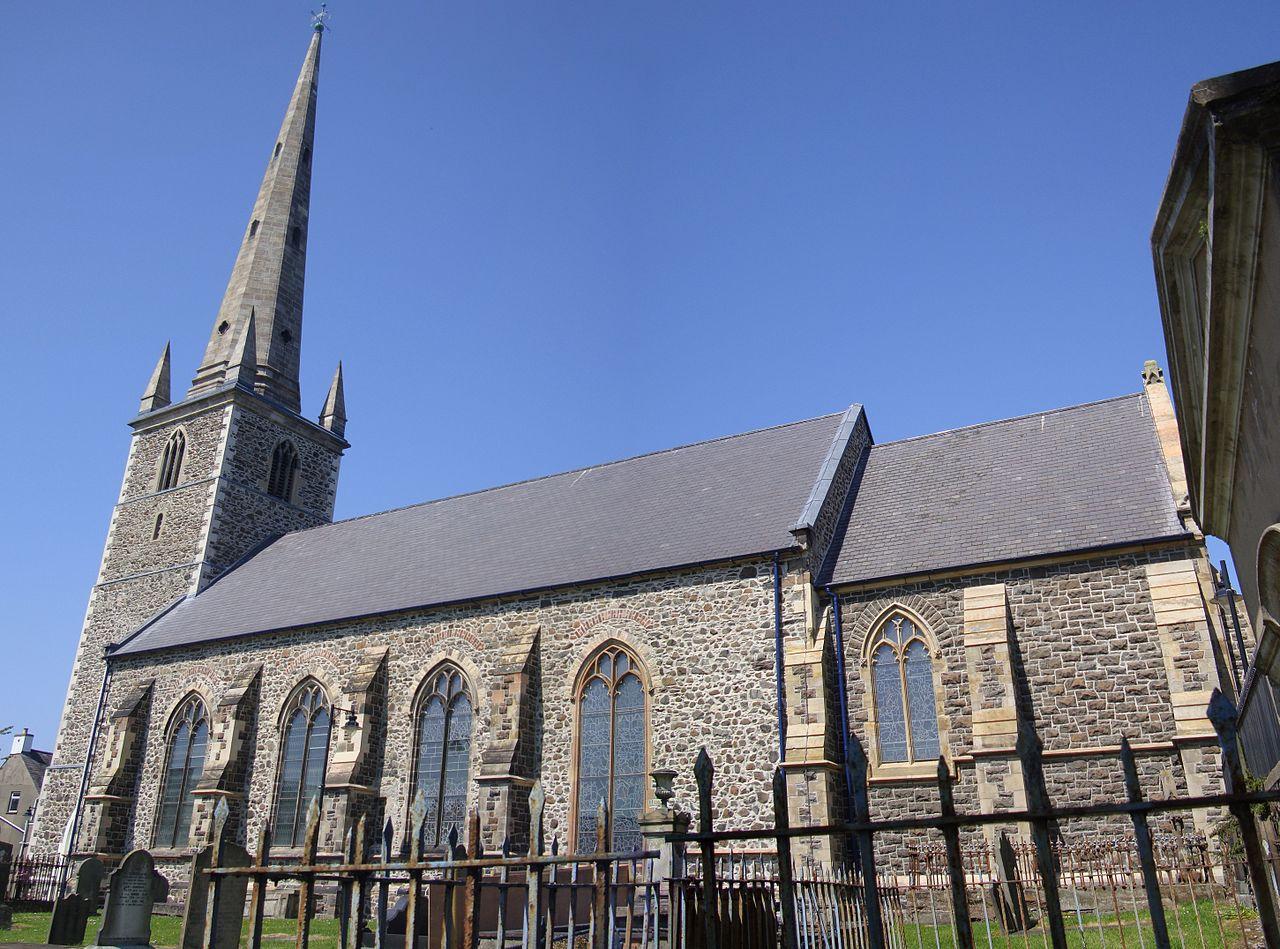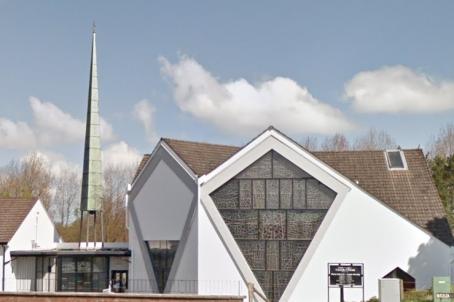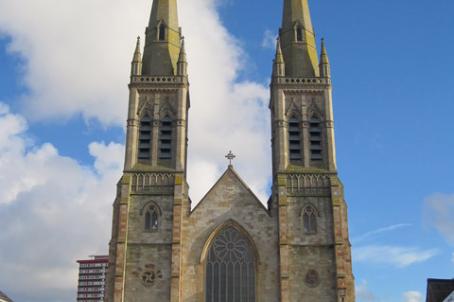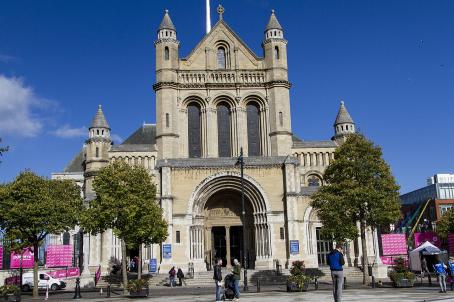Christ Church Cathedral
Christ Church Cathedral is the Anglican cathedral of Lisburn. Construction of the present building began in 1708. A church was built on the site of the cathedral in the early 1600s by Sir Fulke Conway as a chapel of ease for his new castle. It was consecrated in 1623 and dedicated to St Thomas, but was destroyed with much of the town during the rebellion of 1641. The church was soon rebuilt and in 1662 St Thomas's was designated by Charles II as the cathedral church of the diocese of Down and Connor and renamed Christ Church Cathedral. However, the cathedral burned down in 1707.






